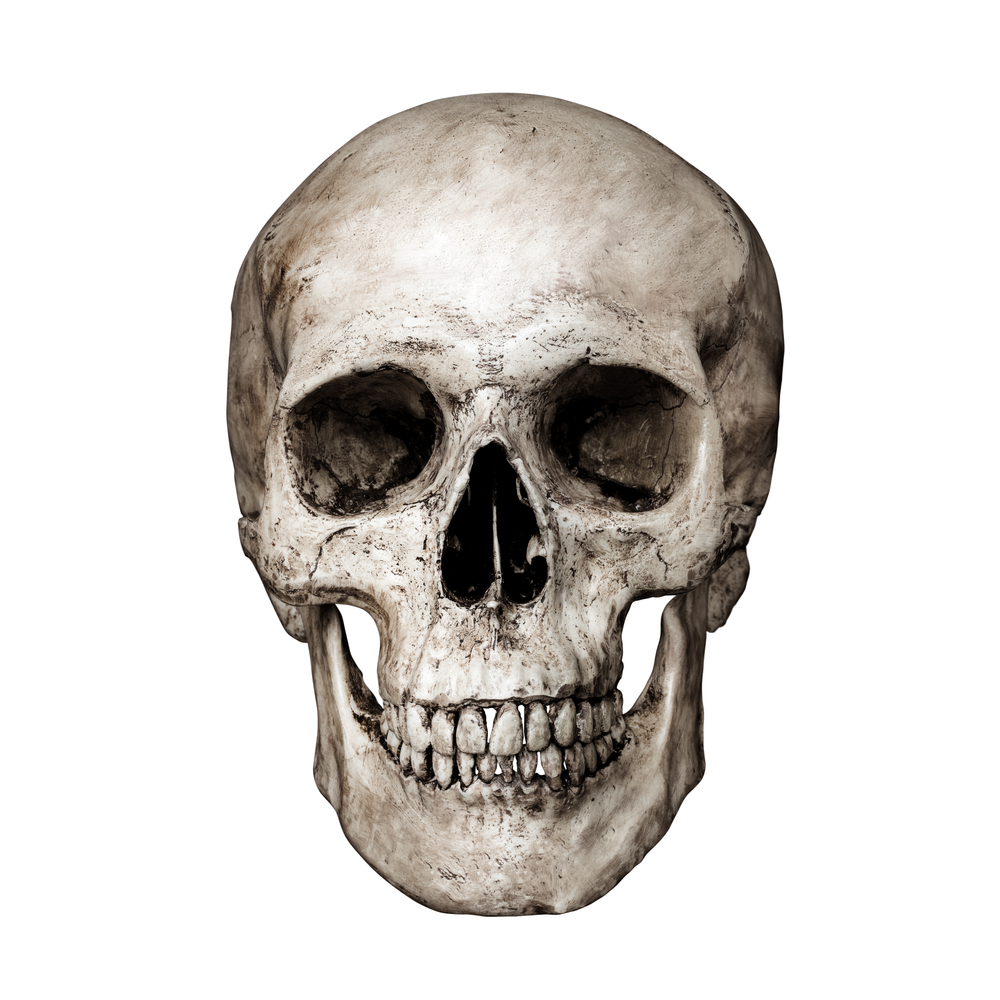Whiplash-associated disorder (WAD) is the term used to describe a cluster of symptoms. Whiplash is one of the most common injuries in car accidents. Whiplash refers to a neck injury from the forceful motion of the neck, often experienced in rear-end collisions. This forceful motion can cause ligaments, muscles, nerves and spinal cord injuries.
Symptoms of Whiplash
Symptoms of whiplash can include neck pain and stiffness, back pain, reduced range of motion in the neck, headaches, tingling or numbness in the arms, fatigue and dizziness. Some people also experience ringing in the ears, blurred vision, sleep disturbance, difficulty concentrating, memory problems, and depression. The symptoms of whiplash and the whiplash-associated disorder (WAD) grades are further explained below.
Get Medical Attention
After a car accident, it is very important to get medical attention. Phone 9-1-1 if you are experiencing a medical emergency. Phone a friend or family member to meet you and help you get medical attention. Phone 811 in Alberta for Health Link, to help assess your injuries and for information on the nearest clinics and emergency departments.
Assessment of your injuries by a doctor is important to rule out fractures or other injuries. If your symptoms change or worsen, it is also important to talk to your treatment providers. Get medical attention immediately if you have numbness or weakness in your arms or altered consciousness, and these can be signs of more serious injuries.
Grades of Whiplash
Whiplash-associated Disorder (WAD) refers to symptoms affecting the neck after a forceful forward-back motion, such as in a car accident or other traumatic accident. There are categories of whiplash depending on the signs and symptoms.
| Whiplash Grade | Description |
| Grade 0 | No complaints or physical signs. |
| Grade I | Neck pain, stiffness or tenderness only. No physical signs. |
| Grade II | Neck complaint and musculoskeletal signs, such as decreased range of motion and tenderness |
| Grade III | Neck complaint and neurological signs, such as decreased range of motion and tenderness |
| Grade IV | Neck complaint and fracture or dislocation |
Some people experience symptoms for a few weeks, while others suffer chronic symptoms. See your doctor for an assessment of your injuries and treatment recommendations. Your doctor may recommend physical therapy or other treatments.
Whiplash and the Minor Injury Regulation
In 2004, a cap or maximum on damages that a person in a car accident can get for minor soft tissue injuries was set by the government through the Minor Injury Regulation. The minor injury cap was $4,000 in 2004, which is adjusted each year for inflation. For 2022, the cap in Alberta is $5,488.
On November 1, 2020, the list of injuries considered “minor” under the Minor Injury Regulation was expanded to include any “clinically associated sequelae of the sprain, strain or WAD injury, whether physical or psychological in nature, caused by the accident that do not result in a serious impairment.”
Whiplash may not fall under the cap, depending on your injury’s severity and recovery. Speak with an Accident Injury Lawyer today to understand your rights and ensure you get fair compensation. Even if your injuries are within the cap, you may still be eligible for compensation in other areas, such as for lost wages, cost of care, housekeeping expenses, and out-of-pocket expenses.
Speak with an Accident Injury Lawyer
You may not know right after an accident if your injuries are minor or if you will have on-going symptoms. Don’t wait to contact us. Early investigation of the accident is critical to ensure the crucial evidence in your case is preserved. We will answer your questions and help you navigate the process so that you can focus on recovery. James H. Brown and Associates is here to help. We offer free injury claim evaluations and offer a cap guarantee. If your case is found to be impacted by the cap, then you do not pay us any fees.

















